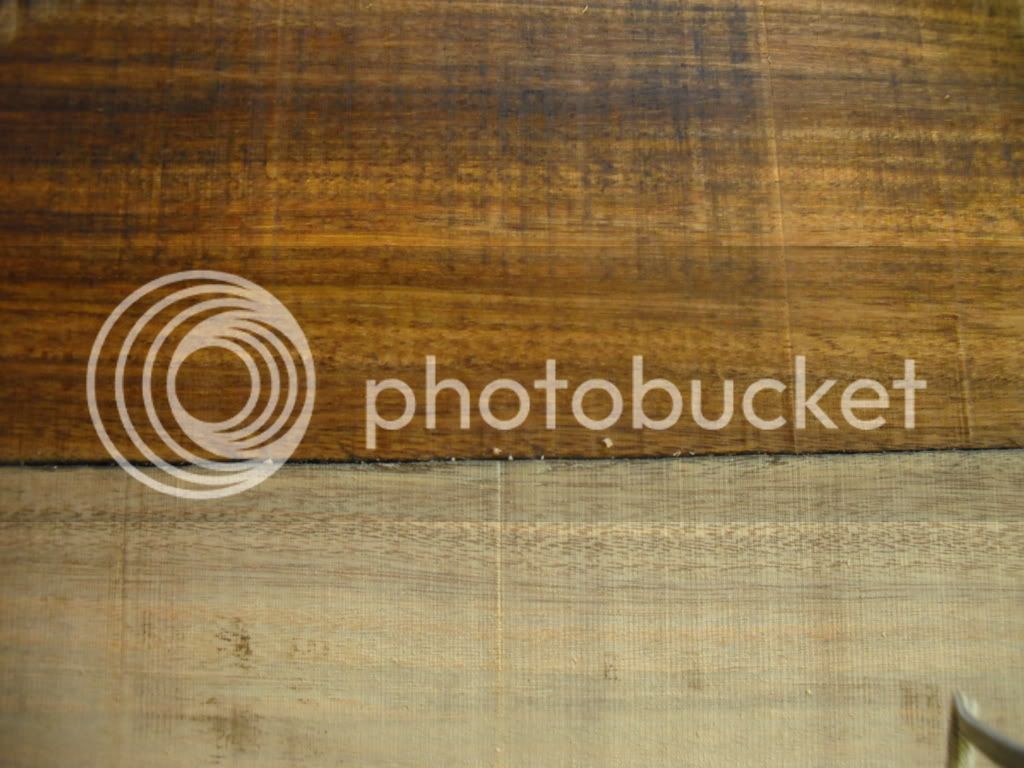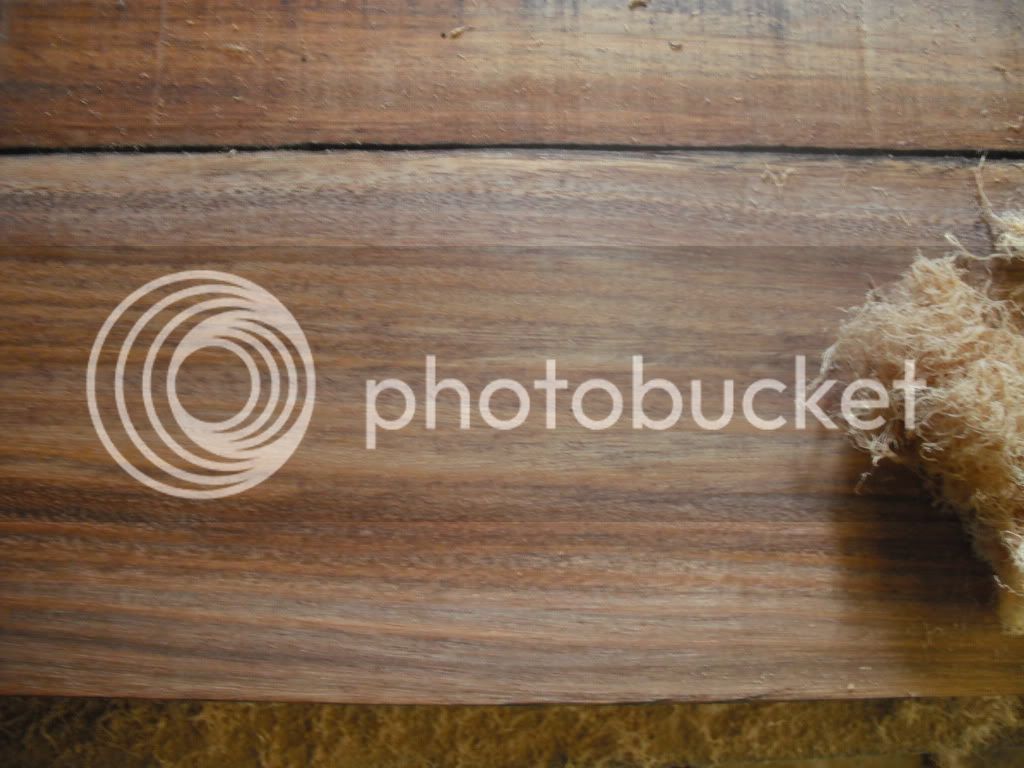sparkymarky
Established Member
hi i bought some hardwood sleepers a few months ago as i am planing to build a workbench (will try to wip if i have time).
the sleepers in question are 5" x 10" by about 2.5m long at a cost of £22 each i though they would make a good cheap source of hardwood.
here is a picture of a re-sawn board one side has vegetable oil rubbed in to show the grain.

any ideas on wood type would be appreciated.
the sleepers in question are 5" x 10" by about 2.5m long at a cost of £22 each i though they would make a good cheap source of hardwood.
here is a picture of a re-sawn board one side has vegetable oil rubbed in to show the grain.

any ideas on wood type would be appreciated.



































